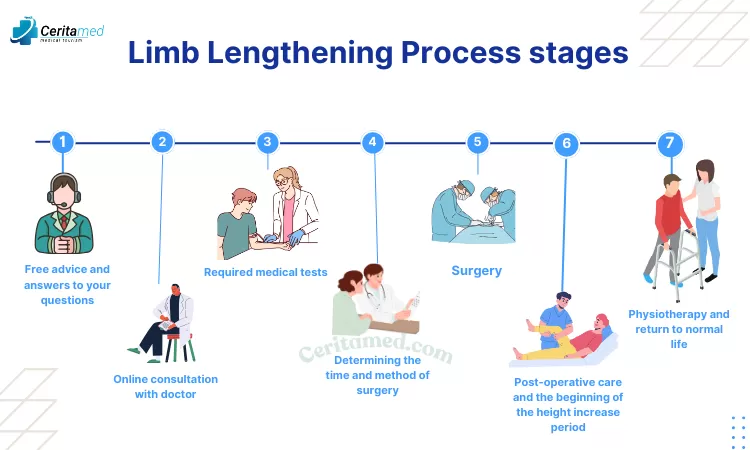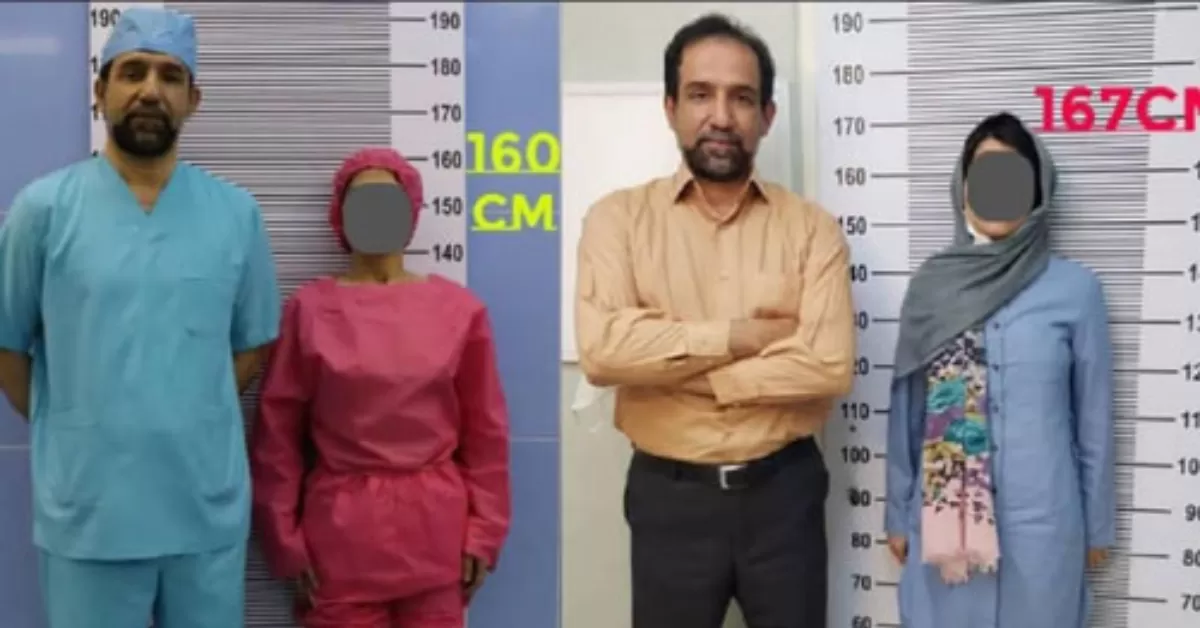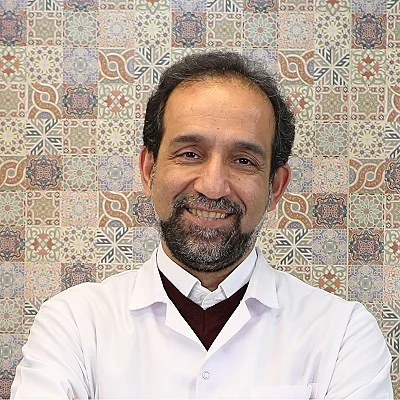Follow Us on Social media
limb lengthening surgery
The process of lengthening the stature is one of the surgical solutions that have existed since the sixties the last century, and it treats some problems that result from short stature or the failure of the organ to grow normally; in the past, it was used as an alternative to increasing height, such as injections of growth hormone in children before adolescence or doing some exercise Which aims to lengthen the stature. Still, some of these methods do not significantly increase the height or work to increase the height, but with severe collateral damage to the body and sometimes deformities.
limb lengthening process
It is a surgery carried out by following a process called "Distraction osteogenesis".
But it is a process that carries many risks and complications; Therefore, it is advised to consult a good specialist before resorting to it.
The process is carried out through the following steps:
- The bone to be lengthened, whether the femur or the tibia, is broken into two parts.
- These parts are withdrawn slowly at one millimetre per day.
- The process of lengthening the stature is performed by inserting a nail into the marrow, which results in the formation of new bone in the gap, which, in turn, leads to an increase in height.
- To undergo the process of lengthening, you must be a healthy person, a non-smoker, and have reached full skeletal maturity.

Candidates for lengthening procedures
- Those who suffer from the uneven length of the lower extremities that impede movement.
- Those who suffer from congenitally very short stature (dwarfism), which affects them psychologically and physically in the performance of their daily activities.
- Those who had accidents and fractures that healed incorrectly or accidents that prevented average bone growth.
- People who suffer from significantly shorter stature than their peers or the normal average for their age.
Steps in the process of lengthening the stature
- The doctor begins by making a surgical incision that reaches the bones and then fixes the bones on both sides with a device called the external fixator or the Ilizarov device, whose extension can be controlled externally.
- After that, the doctor breaks the bones and begins gradually and daily to adjust the device to expand by one millimetre per day. This millimetre is often in several stages per day and not once.
- There is another method instead of the external fixator, which is to use an elongated spinal rod or nail to fix the two ends of the bone after it is broken, and the lengthening of this nail is controlled by an external magnetic device. The doctor closes the wound naturally, and when the lengthening stage ends, this is removed. The device is a minor surgery.
- The World Health Organization recommends that the operation not be performed in children before ten years of age.
Spinal cord lengthening
A unique spinal nail can be used for lengthening that is controlled and increased wirelessly by a remote control device outside the body. However, due to the increased cost of the spinal screw, it is not widely used. And the spinal screw is not used in children because it will affect the growth centres. The spinal screw also has a disadvantage: it does not allow the patient to walk on his leg throughout the bone, unlike the lengthening using the Ilizarov device, which allows the patient to walk on his leg the day after the surgery directly. The patient needs another surgery after lengthening to raise the spinal screw.
Lengthening with an external fixator on a spinal nail
This method is called lengthening over the nail (LON). In this surgery, a bone incision is made. A regular medullary nail is placed in the bone cavity and fixed from the upper side only. Then the external fixator is placed, which will be used to lengthen the bone. And after the surgery, the extension is done in the traditional way of the external fixator until the patient reaches the required length. Then the spinal screw is attached to the lower part of the bone, and the external fixator is lifted.
The advantages of the process of lengthening the stature
It helps the patient to perform daily tasks and move normally.
It protects the patient from the risks arising from uneven limb conditions, such as bone erosion or painful curvatures of the spine.
Helps treat severe curvatures in children by lengthening the short sides in the bones of the legs and controlling the growth of other sides.
Positively affects the patient's appearance and self-confidence and may protect him from social and psychological problems such as bullying.
Possible complications of the lengthening process
It is worth noting that if this process occurs quickly, the bone formation process in the gap may fail. Consequently, muscle contraction may occur, and the nerves may be paralyzed. Some additional adjustments can also be made to help prevent nerve problems and help the patient gain movement during physical therapy. These procedures include decompressing the peroneal nerve and injecting Botox into the thigh muscles. Of course, the need for ancillary measures is assessed case-by-case basis. Some complications associated with such surgery may occur, and they include the following:
- Fractures not healing.
- Variation in leg length.
- Stretching of the nerves.
- Contraction of muscles and tendons leads to joint stiffness or arthritis.
- Deep vein thrombosis and fat embolism.
- If the bones fail to heal, you may need to undergo osteoporosis surgery.
- Tighten the nerve significantly, which requires surgery to decompress the nerve.
- Sometimes, early bone healing, and if this happens, additional surgery will be needed to re-cut the bone to allow the lengthening process to continue.
Is it necessary to follow a special diet during the prolongation period and when the person fully recovers and returns to his everyday life?
Nutrition plays a vital role in bone repair (protein, milk, fresh fruits and vegetables) and avoiding tobacco, alcohol and soft drinks. Suppose all instructions are observed from start to finish. In that case, it usually takes about 8-9 months to increase the length by about six centimetres.
Cost of height increases surgery in Iran
Because of the price discrepancy between Iran and the rest of the countries, many patients worldwide resort to Iran for treatment and to perform such operations. In addition, the most critical factor that helps people make their final decision easily and perform cosmetic operations in Iran is the quality of the hospitals and their experienced surgeons, which makes Iran one of the most popular destinations in the world for medical tourism. The price of a lengthening procedure in Iran varies based on several factors, including the number of years of experience of the doctor, and similar operations he has performed, in addition to the type of implants used and the patient's medical history. Some cases may make the procedure more difficult.



